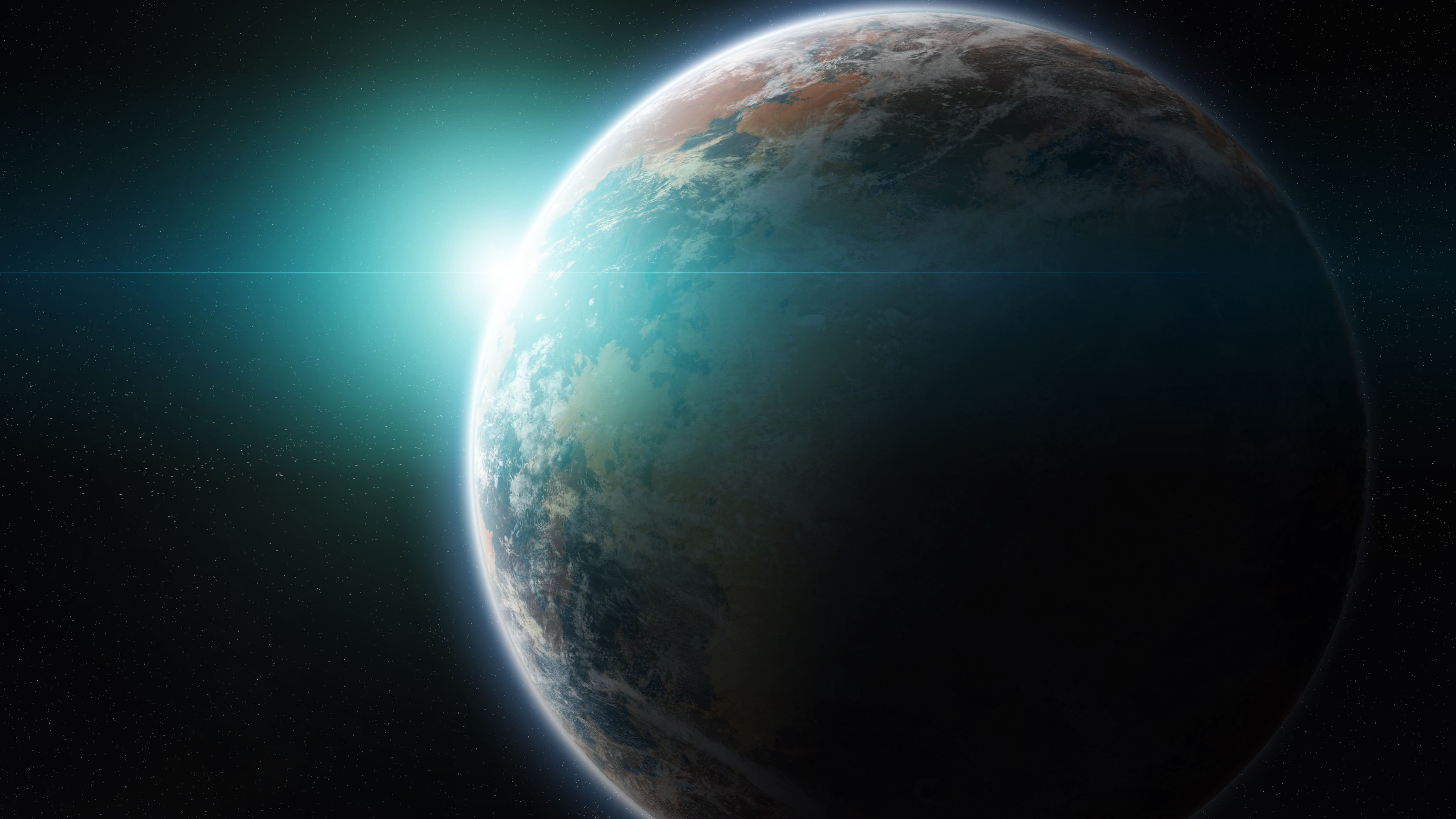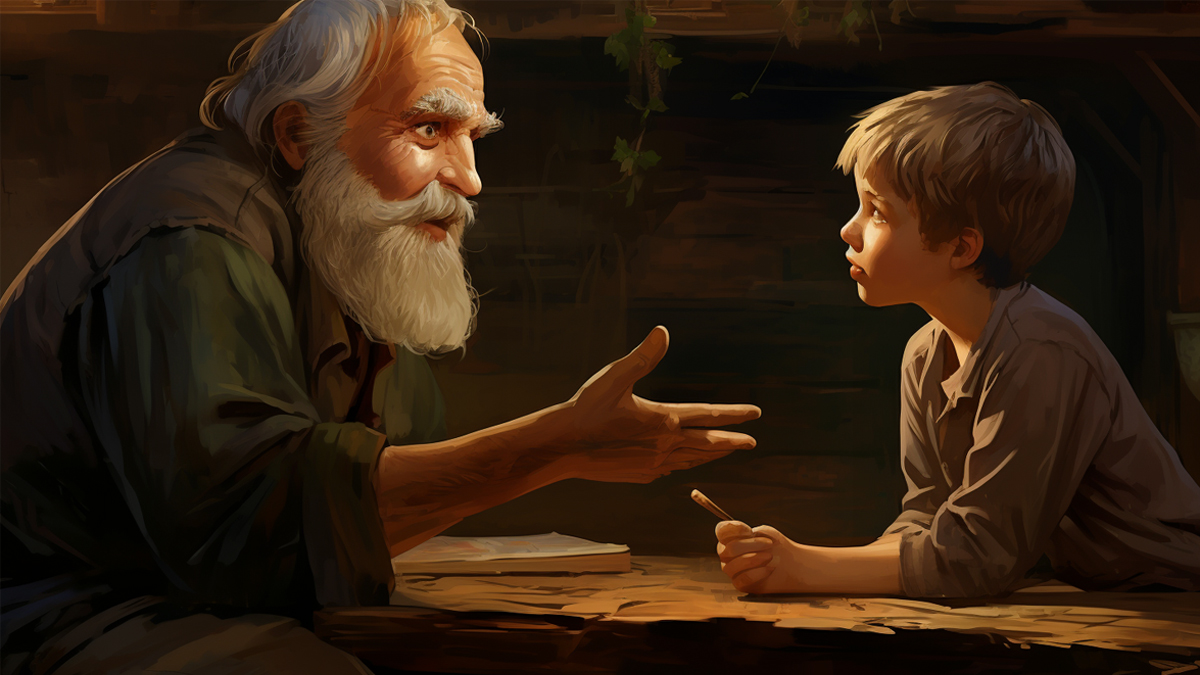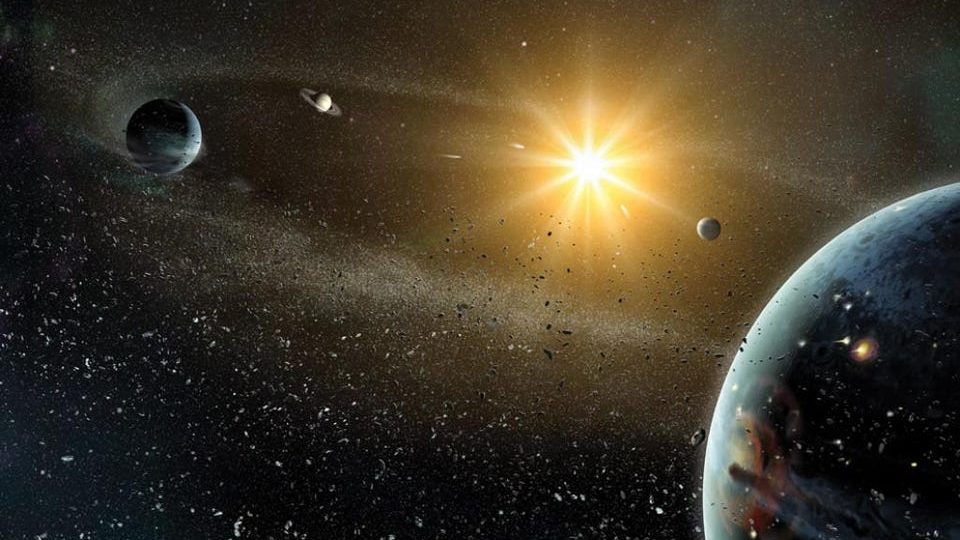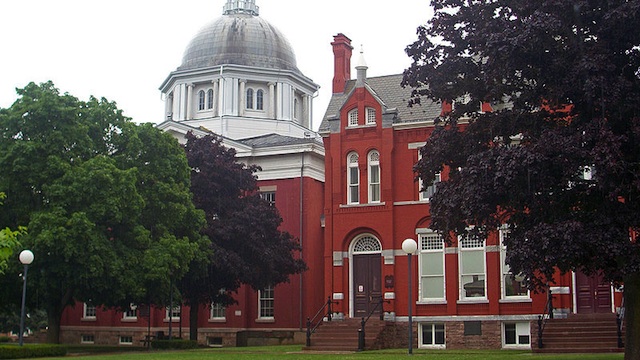[Slidedeck] – Facebook Pages 101 for Small Businesses

I have given this presentation a few times in the last several years, but I just finished refreshing some of the visuals and examples. If you’re interested in how to setup a basic Facebook Page for a small business, this deck might be helpful.
There’s also some elements of strategy that might prove useful to you. Caveat: This wasn’t intended to make sense without a narrative over it, so it may require a little careful digging to extract the full value from.
Facebook Pages 101 View more presentations from Tyler Willis
Hope you enjoy!





